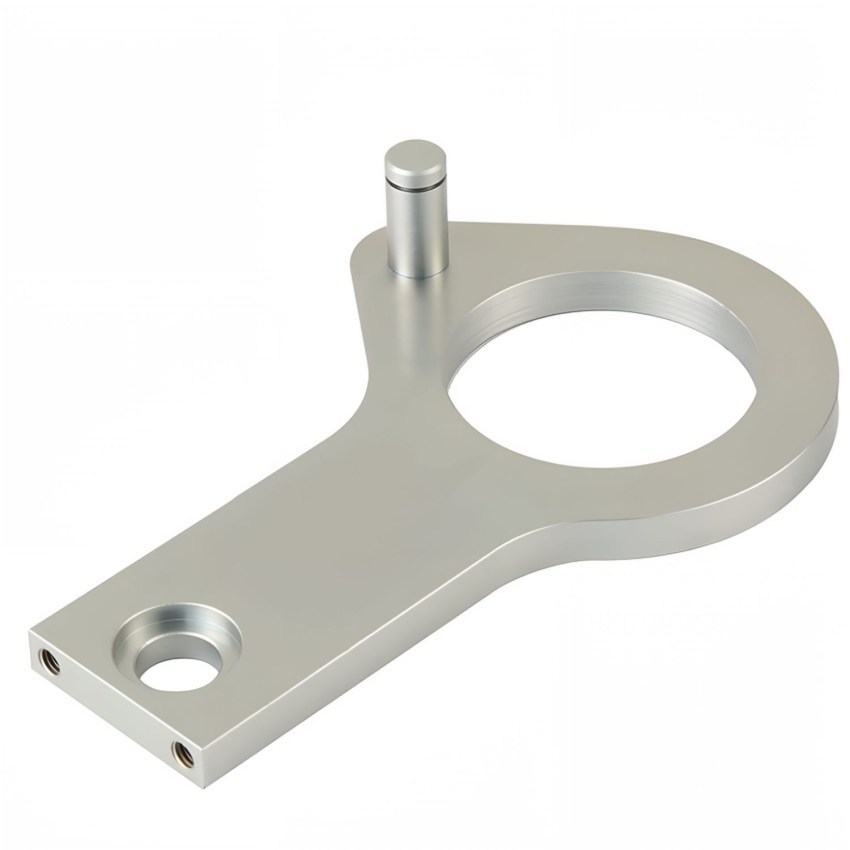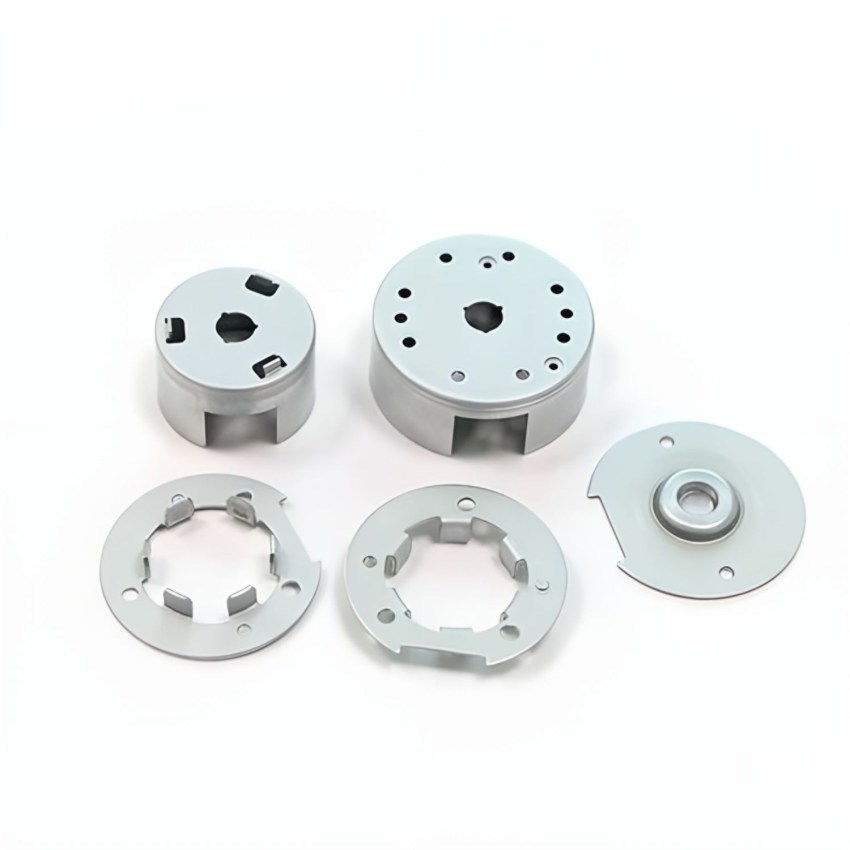Exploring the Advantages of Sheet Metal Laser Cutting in Manufacturing
Release time:
2025-02-01
Exploring the Advantages of Sheet Metal Laser Cutting in Manufacturing Table of Contents 1. Introduction to Sheet Metal Laser Cutting 2. Understanding Laser Cutting Technology 3. Advantages of Sheet Metal Laser Cutting 3.1 Precision and Accuracy 3.2 Speed and Efficiency 3.3 Material Utilization and Waste Reduction 3.4 Versatilit

Exploring the Advantages of Sheet Metal Laser Cutting in Manufacturing
Table of Contents
- 1. Introduction to Sheet Metal Laser Cutting
- 2. Understanding Laser Cutting Technology
- 3. Advantages of Sheet Metal Laser Cutting
- 3.1 Precision and Accuracy
- 3.2 Speed and Efficiency
- 3.3 Material Utilization and Waste Reduction
- 3.4 Versatility in Applications
- 3.5 Enhanced Safety Features
- 4. Applications of Laser Cutting in Various Industries
- 5. Recent Technological Advancements in Laser Cutting
- 6. The Future of Sheet Metal Laser Cutting
- 7. Conclusion
- 8. Frequently Asked Questions (FAQs)
1. Introduction to Sheet Metal Laser Cutting
Sheet metal laser cutting has emerged as a critical technology in the manufacturing sector. Utilizing advanced laser technology, this process delivers unmatched precision and adaptability in fabricating components across various industries. As manufacturers strive to enhance productivity while minimizing costs and waste, laser cutting has become a preferred choice for sheet metal processing.
2. Understanding Laser Cutting Technology
Laser cutting involves using a focused beam of light to melt, burn, or vaporize material, allowing for intricate designs and shapes to be achieved with ease. The process is controlled by computer numerical control (CNC) systems, which ensure that every cut is executed with exceptional accuracy. Different types of lasers, such as CO2 and fiber lasers, are employed depending on the material and desired outcome.
3. Advantages of Sheet Metal Laser Cutting
The advantages of sheet metal laser cutting are numerous, making it a valuable asset for manufacturers. Below, we explore the key benefits in detail.
3.1 Precision and Accuracy
One of the most significant advantages of laser cutting is its **precision**. The ability to make intricate cuts with tolerances of up to ±0.005 inches allows manufacturers to create complex geometries and designs that traditional cutting methods may struggle to achieve. This **accuracy** minimizes the need for secondary operations, ultimately saving time and costs.
3.2 Speed and Efficiency
Laser cutting is known for its **speed**. The rapid cutting capabilities reduce cycle times, allowing for high-volume production without sacrificing quality. **Efficiency** is further enhanced by the automation of the process, which reduces the need for manual intervention. Manufacturers can expect quicker turnaround times for projects, giving them a competitive edge in their respective markets.
3.3 Material Utilization and Waste Reduction
With laser cutting, **material utilization** is optimized. The precision of the laser allows for tighter nesting of parts, which reduces waste. Additionally, since the laser cutting process generates minimal heat, it results in little to no thermal distortion of the material, further preserving its integrity and reducing scrap. This efficiency not only saves costs but also aligns with sustainable manufacturing practices.
3.4 Versatility in Applications
The **versatility** of sheet metal laser cutting is another compelling advantage. It can be applied to various materials, including stainless steel, aluminum, brass, and more. Laser cutting can also handle a wide range of thicknesses, making it suitable for everything from delicate components to robust industrial parts. This adaptability makes it a go-to solution for diverse applications, from automotive to aerospace, electronics, and beyond.
3.5 Enhanced Safety Features
Safety is paramount in manufacturing environments. Laser cutting technology incorporates numerous **safety features**, such as automated shut-off mechanisms, protective enclosures, and advanced monitoring systems. These features help mitigate risks associated with traditional cutting methods, providing a safer workplace for operators.
4. Applications of Laser Cutting in Various Industries
The applications of sheet metal laser cutting are vast, impacting multiple industries. Here are some examples of its use:
- **Automotive Industry**: Laser cutting is employed for creating precision parts such as brackets, exhaust systems, and chassis components.
- **Aerospace Sector**: The aerospace industry benefits from laser cutting's ability to produce lightweight yet durable parts, essential for aircraft performance.
- **Electronics Manufacturing**: Laser cutting is ideal for fabricating intricate electronic components, circuit boards, and housings.
- **Construction**: Structural components like beams, frames, and cladding can be efficiently produced using laser cutting technology.
- **Signage and Displays**: Custom signage and display elements can be crafted with high precision, enhancing aesthetic appeal.
5. Recent Technological Advancements in Laser Cutting
The field of laser cutting continues to evolve with advancements in technology. Notable innovations include:
- **Fiber Laser Technology**: Offering improved performance and energy efficiency, fiber lasers are becoming increasingly popular for cutting various metals.
- **Automation and Robotics**: The integration of robotic systems enhances the efficiency of laser cutting processes, allowing for greater output while maintaining quality.
- **Software Enhancements**: Advanced software solutions are improving the programming and operational capabilities of laser cutting machines, facilitating better design and production workflows.
6. The Future of Sheet Metal Laser Cutting
As industries evolve, so does the technology surrounding sheet metal laser cutting. The future is poised for even more integration with automation, artificial intelligence, and IoT (Internet of Things). These advancements will likely lead to smarter machines that can self-optimize for cutting processes, predict maintenance needs, and improve overall operational efficiency. Moreover, the ongoing research into new materials and laser technologies will expand the capabilities and applications of laser cutting in manufacturing.
7. Conclusion
Sheet metal laser cutting represents a significant advancement in manufacturing technology, offering numerous advantages such as precision, efficiency, and versatility. As industries continue to seek innovative solutions to enhance productivity and reduce costs, laser cutting will remain at the forefront as a reliable choice. With ongoing technological advancements, the future of laser cutting looks promising, paving the way for even greater applications and improvements in manufacturing processes.
8. Frequently Asked Questions (FAQs)
What materials can be cut using laser technology?
Laser cutting can effectively cut a variety of materials, including stainless steel, mild steel, aluminum, brass, and plastic.
How does laser cutting compare to traditional cutting methods?
Laser cutting offers superior precision, faster processing speeds, and reduced material waste compared to traditional methods, making it a more efficient choice for many applications.
Are there any limitations to laser cutting?
While laser cutting is incredibly versatile, it may have limitations with very thick materials or certain reflective metals, which may require specialized equipment.
What industries benefit from laser cutting?
Industries such as automotive, aerospace, electronics, construction, and signage all benefit significantly from the precision and efficiency of laser cutting technology.
Is laser cutting environmentally friendly?
Yes, laser cutting is considered environmentally friendly due to its efficient use of materials and reduced waste production, aligning with sustainable manufacturing practices.
By harnessing the advantages of sheet metal laser cutting, manufacturers can enhance their operations, improve product quality, and maintain a competitive edge in the ever-evolving market landscape.
Key words:




